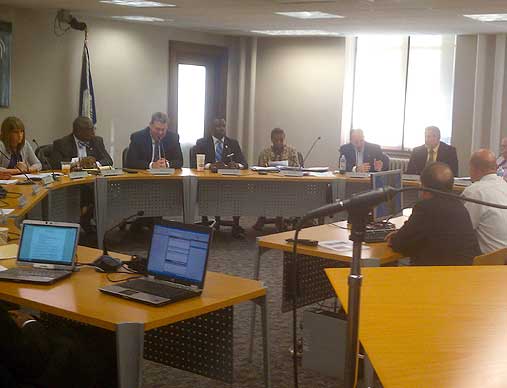
The City Council heard that a change in emergency response procedures has slowed response time, but may mean response is safer and more efficient. The council plans to study new response models to get a better idea of what works.
A controversy over slower Kansas City ambulance dispatch times moved forward Thursday with plans to add an expert and more study.
Councilman Ed Ford said he will introduce the measure next week for the addition to the Emergency Medical Services Coordinating Committee, the study and a report to the city council.
That came after fire department officials responded to an audit last month that found slower response times since a December change in dispatch protocol.
The change involves asking callers more questions before dispatching ambulances and paramedics to 911 calls. Officials say it saves money and resources and results in far fewer ambulances called back.
They also say it is far safer to respond to routine calls with something other than ambulances running hot, with lights and sirens.
But John Sharp, the council member on the medical services committee, said the change resulted in the median dispatch time going from 25 seconds to one minute and 25 seconds.
“I realize we probably sent more resources than we needed to and increased the risk of accidents,” he said, and “I don’t think anyone is asking to go back to the system the way it was.”
He noted that the National Fire Protection Association recommended a standard of not more than a minute for processing calls and dispatching help.
Kansas City fire department officials reported that the city responds to about 90,000 calls a year and only about 25,000 are considered life threatening and only 1,300 result in transports to medical care with ambulance lights flashing and sirens blaring.
The Fire Department is starting four pilot programs that change the 30-year approach of sending ambulances and paramedics to 90,000 calls a year.
They will do things like send a fire truck or car with a trained EMS worker to respond to lesser cases, which frees the ambulances and paramedics for more serious calls.
City Manager Troy Schulte said that they have worked in the two years since the MAST ambulance service merged with the fire department to integrate them so either fire trucks or ambulances can respond, as needed.
“We’re trying to break a 30-year-old model…,” he said.



Who’s talking